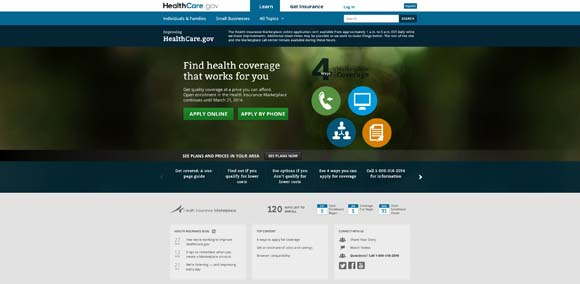
The federally run ObamaCare website Healthcare.gov does not properly verify the eligibility of applicants before allowing them to enroll and receive subsidies according to a report by the Government Accountability Office (GAO). As a result, 11 of 12 fake applicants that GAO enrolled on the exchange received coverage for the entire 2014 season despite using fraudulent documents, or in some cases no documentation at all. In total Healthcare.gov paid $30,000 in Obamacare tax credits to these 11 fake applicants.
GAO preformed 18 undercover tests to assess the strength of Obamacare enrollment controls. Of the 18 tests, 12 were phone or online applicants and 6 were scenarios designed to test income-verification controls.
Of the 12 applicants, GAO intentionally provided fictitious documents for nine applicants and provided no documentation for three applicants. As the report states, GAO produced a wide range of fake documents to test the depth of fraud protections:
“Our tests included fictitious applicants who provided invalid Social Security identities, noncitizens claiming to be lawfully present in the United States, and applicants who did not provide Social Security numbers. As appropriate, in our applications for coverage and subsidies, we used publicly available information to construct our scenarios. We also used publicly available hardware, software, and materials to produce counterfeit or fictitious documents, which we submitted, as appropriate for our testing, when instructed to do so.”
But as the report states, this did not stop healthcare.gov from enrolling 11 of 12 applicants and granting them subsidies:
“Although our documentation was fictitious, and in some cases we submitted none, or only some, of the documentation we were directed to send, we retained our coverage for all 11 applicants through the end of the 2014 coverage year.”
As of April 2015, Healthcare.gov had flagged seven of the 11 applicants as having a document inconsistency that remained unresolved. However, subsidies continued because Obamacare enrollees were allowed to keep coverage if they demonstrated a “good faith effort.” As the report states, this was defined very broadly:
“Under the policy, the officials told us, the submission of a single document served as evidence of a good faith effort by the applicant to resolve all inconsistencies, and therefore extended the resolution period through the end of 2014.”
While this explains how some of the 11 fake applicants kept their coverage, Healthcare.gov was unable to account for the fake enrollees that did not submit any documentation. GAO found that this could be explained by a flaw in the system which showed an individual had not enrolled in a plan when they had done so:
“We found instances in which records we reviewed showed that applicants had not enrolled in a plan, when they actually had done so. Contractor officials told us that in such cases, they did not terminate the plans or subsidies because the applicants were shown as not enrolled.”

